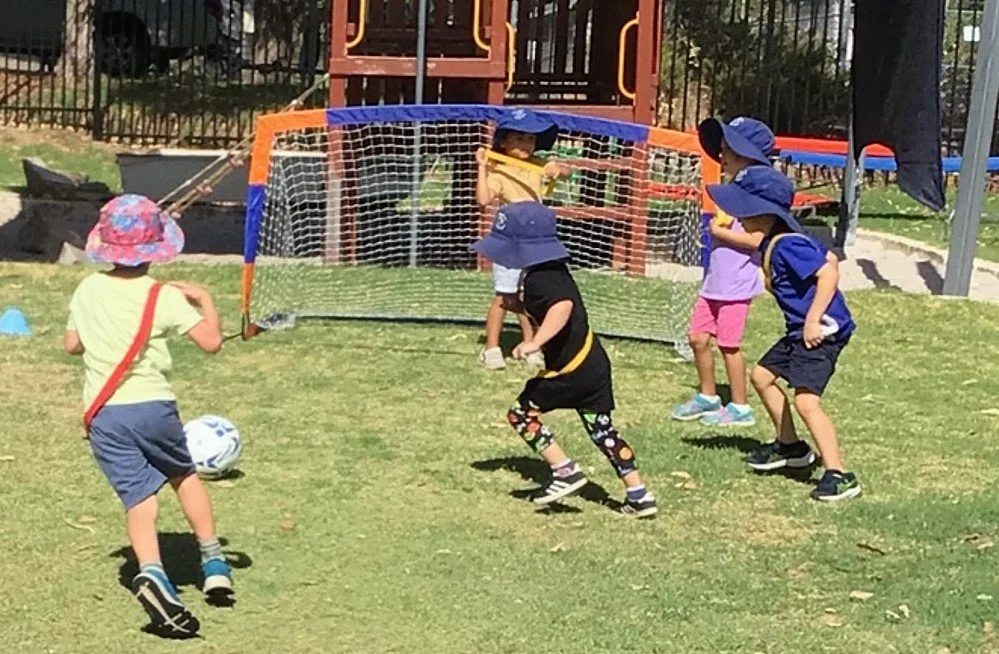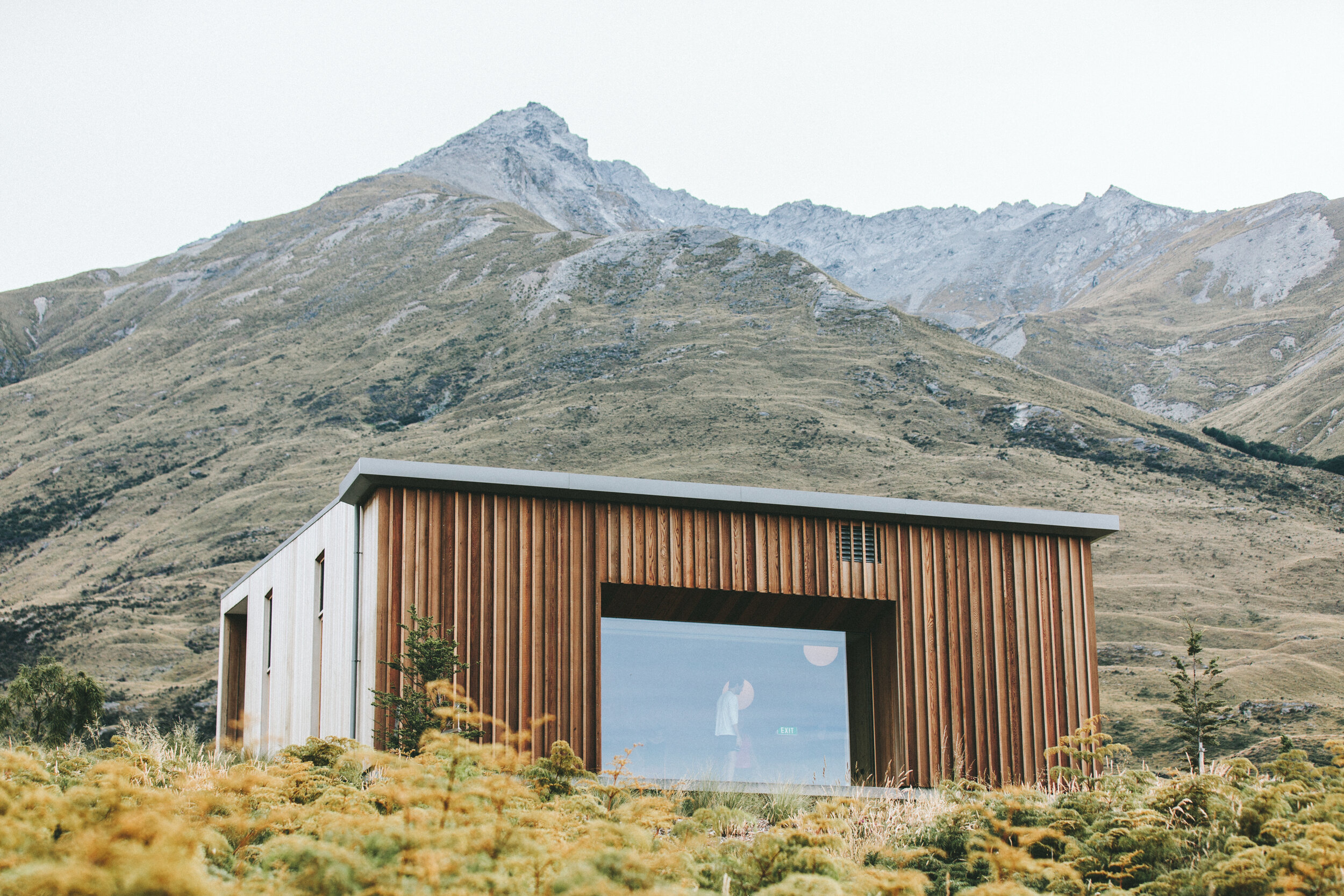-

Sport
It all begins with an idea. Maybe you want to launch a business. Maybe you want to turn a hobby into something more. The Casa Mia staff are very aware of the strong relationship between the brain, senses and muscles and that the relationship is connected to mental activity and provided the movement is purposeful, to learning.
Purposeful movement at Casa Mia takes various forms – those provided by the design of the classroom and the movement associated with organised fitness, sport, games, dance and drama.
Since it is the child’s work to learn, the teachers are mindful to incorporate purposeful movement into the learning programmes .Our specialist sports teacher gives formal movement lessons to all the classes. The Children’s House have perceptual motor movement lessons – fundamental skills such as fine motor skills catching, throwing, hop skip and jump.
In the Lower and Upper Primary classes, the children begin to learn the specific skills for various sports such as football and basketball. Over three mornings a week, they do a fitness session, a cooperative games session and yoga before starting morning class.
-

Digital Technologies
In an increasingly technological and complex world, it is important to develop knowledge and skills to analyse and creatively respond to design and/or digital challenges.
Through the practical application of technologies including digital technologies, students develop dexterity and coordination through experiential activities. Technologies motivates young people and engages them in a range of learning experiences that are transferable to family and home, constructive leisure activities, community contribution and the world of work.
Technologies provides students with authentic learning challenges that foster curiosity, confidence, persistence, innovation, creativity, respect and cooperation. These attributes are necessary when using and developing solutions to make sense of complex ideas and relationships in all areas of learning. Technologies helps students to be regional and global citizens, capable of actively and ethically communicating and collaborating.
-

Visual Art and Music
As a school for Early Childhood and primary children, the staff take care to introduce our children to elements of the Arts, giving the children a chance to discover their own innate talents and interests. Often the different elements of performing arts, visual arts and music are brought together in the end of term assemble performances.
Performing arts – the combination of drama, music, dance and theatre as a creative activity, performed in front of an audience is integrated into the curriculum throughout the School. These performances are delivered at the end of term assemblies.
Visual Arts - Artistic expression is one of the fundamental needs of humans and man has been communicating through the ages with pictures as the children discover in their Aboriginal Studies. Artistic expression requires fine motor control of the hand and observation skills of a high order. ‘To confer the gift of drawing, we must create an eye that sees, a hand that obeys, a soul that feels; and in this task the whole of life must cooperate’. Dr MM.
Through the multisensory educational approach at Casa Mia, the children develop the necessary skills they need to communicate in various visual art forms. They explore language, visual skills, technologies and processes using materials and technologies. The teachers further inspire the children when they share the art works of famous and well know artists through the ages and discussing the possibilities of creating different and unique works while using knowledge, skill and techniques developed by others.
Music- The six elements of music – rhythm, pitch, dynamics, form, timbre and texture are explored throughout the school in various ways and in all styles from pop, to classical, soul and nursery rhymes. Singing, movement, rhythm and listening continue to be part of the children’s programme in lower and upper primary with a specialist music teacher delivering the more formal aspects of the music programme which are reported on in the semester reports.
-

Auslan
Casa Mia Montessori School offer Auslan lessons to children from the age of three.
Children have a particular sensitivity to language from birth to around 6yrs old. To meet this window of opportunity, Casa Mia has a strong emphasis on the development of language, supporting and enhancing the children’s experiences in many areas.
In the classrooms there will be many structured and unstructured experiences to embed Auslan as part of the day to day communication in the room.
Key benefits to learning Auslan:
• Reinforces the development of neural pathways and cognitive processes in ways only a visual language can.
• Strengthens the memory and brain function of children.
• Improves visual-gestural communication skills which can be applied in International or cross-cultural settings.
• Allows hearing students to see deafness and disability in a positive light as “different”, and the acquisition of Auslan as a valuable tool for communicating with deaf people, particularly with deaf friends or family members.
• Accessibility for visual learners and other non-traditional learners including students with some forms of disability. The visual-gestural nature of sign language may appeal to children who have good kinesthetic skills, and who find it easier to learn concepts and information when they are incorporated with physical movements.
• Offers opportunities for intellectual interest, engagement, and personal challenge.
• Offers opportunities for the integration of knowledge in other areas through the use of information and communication technologies.
• Facilitates the development of interpersonal skills, actions to wider social networks and diverse range of experiences.
We have also embed the Noongar language into our classrooms and school, children learning traditional names for plants and animals and using greetings like Wanjoo and Kaya.
